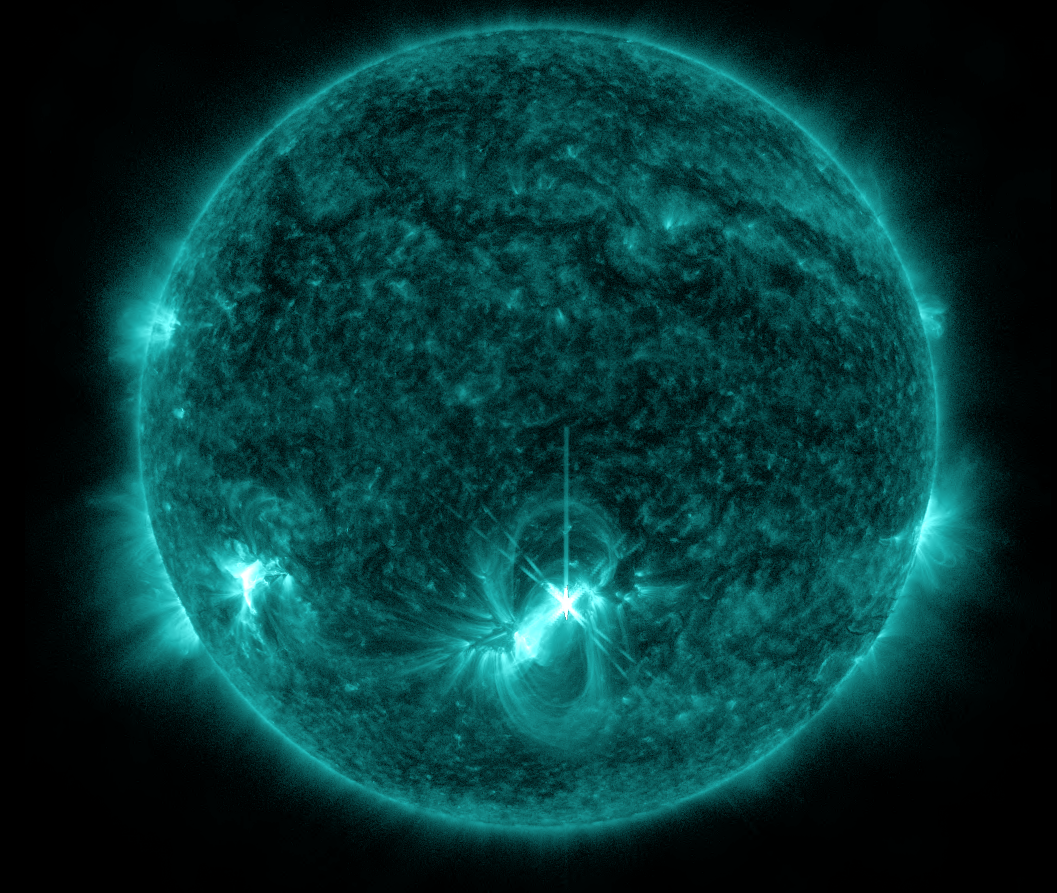The Impact of Solar Flares on Communication Systems
Share




Although the Sun is about 150 million kilometers away from Earth, it is responsible for life as we know it; yet, can it also be a source of danger?
Eruptions or large explosions that are from the Sun’s surface due to the solar magnetic field are known as solar flares. They emit electromagnetic radiation and scientists classify them according to their intensity—A, B, C, M, and X with A-class flare as the smallest, and X-class flare as the most powerful.
Solar flares happen during the Sun’s solar cycles, which occur every eleven years. The magnetic field “flips”—reverses polarity—during the solar cycle then changes back. The activity on the Sun’s surface changes with that change in the magnetic field; the solar minimum is the beginning of the solar cycle, and the solar maximum is at the middle.
Solar flares increase significantly during a solar cycle, where material and burst of energy are sent into space. These eruptions impact radio communications on Earth.
In 1859, the first solar flare was documented and it affected the global telegraph communications; discharges erupted from the lines and telegraph operators were shocked as a result. It was witnessed by the astronomer Richard Carrington through his private telescope; that solar flare was later entitled the Carrington Event after him.
According to NASA, solar flares can have a huge impact on radio communications, navigation signals, and electric power grids they can also be dangerous to astronauts and spacecrafts. On 10 May 2022, a solar flare of magnitude X occurred; though solar flares are not rare, those of magnitude X do not occur often.
It is worth mentioning that the solar flares that have an impact on Earth occur on the side of the Sun facing the Earth. During the solar activity, energy particles reach Earth. Solar flares generate electromagnetic energy; fortunately, the Earth’s magnetic field protects us from them aside from the harmful effect on the electric supplies and telecommunication systems.
For example, radio waves are affected because they spread in the ionosphere. It stretches 80–644 kilometers above the Earth’s surface and has four sections. The area called the F section is the most important for radio broadcasts as its high altitude makes it suitable to reflect HF frequencies. Unfortunately, solar flares reduce HF (High-frequency) frequency and disrupt radio broadcasts.
Since solar flares have a tremendous effect on Earth communication systems, scientists are observing and studying this phenomenon. If you would like to observe this phenomenon yourself, you can check NASA’s Solar Dynamics Observatory, which was launched in 2010 to study the solar activity of the Sun and understand it more.

Credit: NASA’s Solar Dynamics Observatory captured this image of a solar flare—as seen in the bright flash towards the middle of the Sun—on Tuesday, 10 May 2022. The image shows a subset of extreme ultraviolet light that highlights the extremely hot material in flares and which is colorized in teal. Credit: NASA/SDO. Source: Link
References
barrettcommunications.com
blogs.nasa.gov
britannica.com
nasa.gov
space.com (1)
space.com (2)
Cover Photo: Credit: NASA/GSFC/SDO